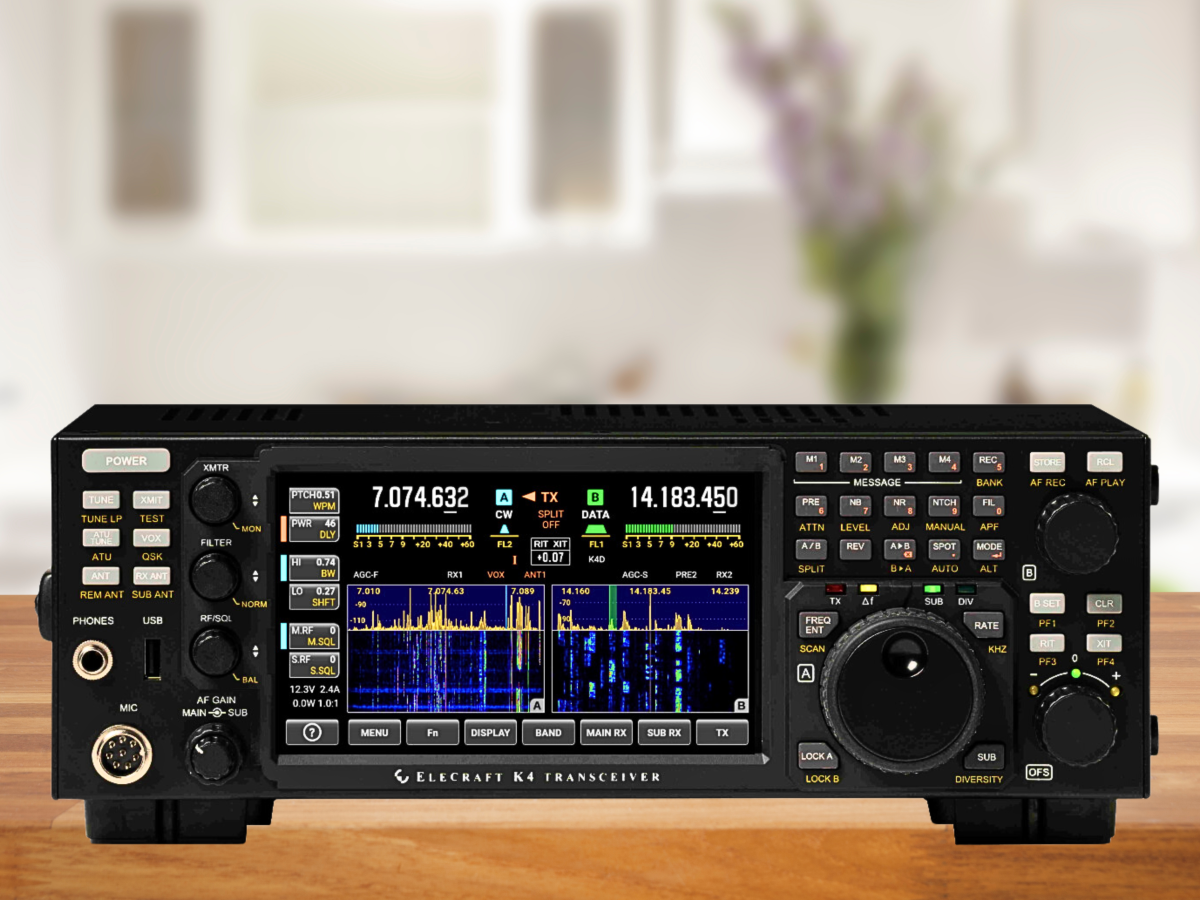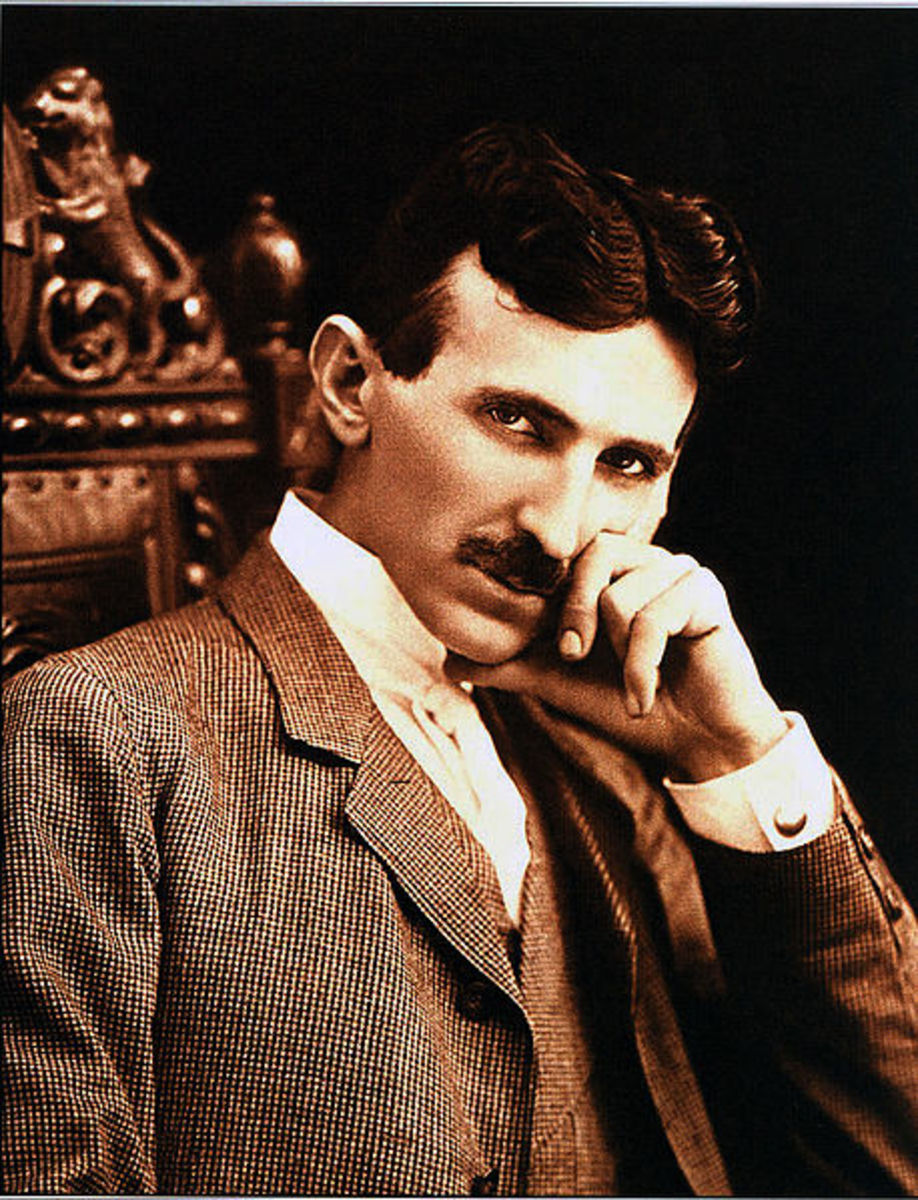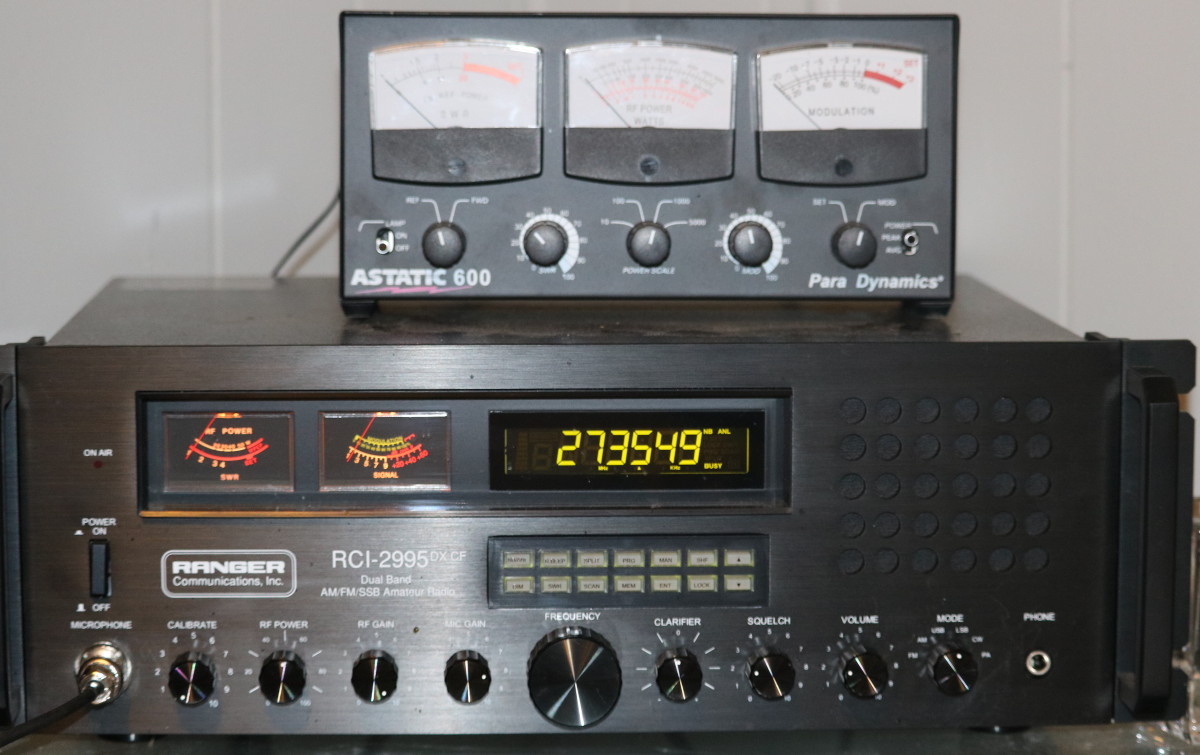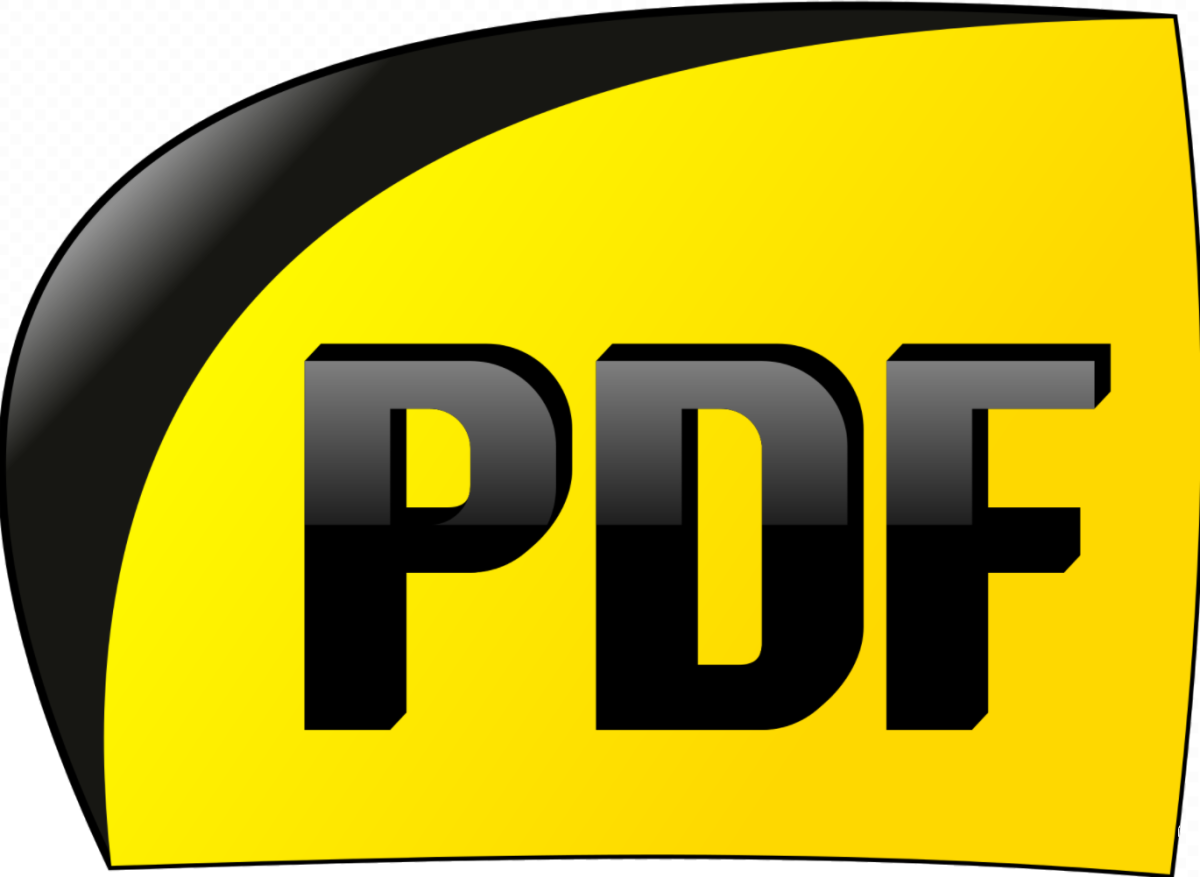10m Ham Radio Can Talk To The World
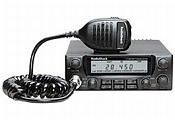
10m Ham Radio
A 10m Ham Radio opens many hundreds of channels and many different ways to communicate with other radio enthusiasts around the world. It works on the 10 meter 28-29 MHz Amateur Radio band, so it is a simple matter to modify most 27 MHz CB antennas to handle these slightly higher frequencies. This makes it fairly cheap and simple to set up a 10 meter Amateur Radio (ham) station in your home.
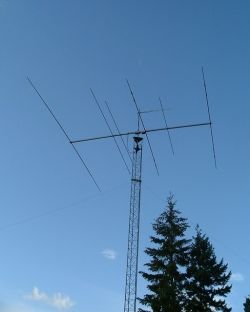
10 meter band Ham Radio
A 10m Ham radio is different from CB radio, because it is an Amateur Radio... and unlike CB, the Amateur Radio Service requires you to be licensed to operate on the international ham bands or even locally on VHF and UHF frequencies. Which Amateur bands you may use depend on the rating of Ham radio license that you have studied for and achieved. The more you know, the more you are allowed to play with two-way radio. This is what makes it such a great hobby!
While anyone is allowed to use 27 MHz CB these days without needing a license, Amateur Radio operators need to learn a little radio and electronics theory in order to get on the air. In the US, it is the FCC that issues licenses to Amateur Radio operators, but other countries have their own government departments to do that. Testing also includes questions on radio regulations, so Amateur operators understand how they are expected to behave on air, and know what procedures to follow in case of emergencies.
In the early days of Amateur Radio, all Ham Radio operators had to pass a test in sending and receiving Morse code before they were allowed to talk on the 10 meter band (or any other HF band). But nowadays, radio Hams only learn Morse code because they want to. It's kind of an elite group of radio operators, and they know that Morse or 'CW' signals will often get through in marginal conditions when even single-sideband (SSB) voice transmissions cannot be heard at the other end.
The 10m Ham radio band is a big spread of frequencies, ranging from 28 MHz to just below 30 MHz. It is at the high end of radio frequencies where the HF (High Frequency) band finishes and the lowest VHF (Very High Frequency) band begins. VHF (Very High Frequency radio) frequencies begin at 30 MHz and go up as far as 300 MHz, which is where UHF (Ultra-High Frequency radio) begins.
So while CB operators get to play with less than 100 channels, Amateur Radio operators are licensed to use hundreds-of-thousands of different frequencies, and to transmit at very high power... like up to 2,000 Watts (that's 2 KiloWatts) in the USA. That's a whole heap more than 5 Watts AM or 12 Watts PEP for SSB CB radios.
At the moment (September 2009) the 10 meter ham radio band isn't very active for DX (long-distance, overseas) contacts, because radio propagation everywhere is quite poor. That's because we are at the bottom of a Sunspot Cycle. Normally that is an 11-year pattern of solar activity that changes the layers of the earth's atmosphere. But we have been on the low part of the sunspot cycle for a few years now, and we seem to be staying there! And we need sunspots to activate these layers of the atmosphere.
When the layers of atmosphere are ionized properly, your radio signals can bounce off them so the signals bounce back down to earth hundreds or even thousands of miles away. Some people call this 'skip'.
It's these 'skip' signals that provide us with long-distance contacts on the HF (shortwave) bands. Without any 'skip' your signals just go out into space and not back to earth. So nobody on this planet, on this planet at least, hears them!
The good news is that when the sunspot conditions finally start improving, there will be fantastic DX radio activity.
So now would be a very good time to start looking at getting a 10m Ham radio and to find a local Amateur radio club where the folks there will help guide you to getting your Ham radio license. It really isn't hard, and it can open up a whole new world to you of friendships in your own town, right across the country and even across the world.
YouTube vids
Here is a 27 MHz single sideband CB being operated illegally because the CB operator has added a linear amplifier to boost the radio transceiver's transmitting power. Unfortunately, a linear amplifier like this can also boost the interference you cause to other radio users and to your unsuspecting neighbors. It also makes it much more likely that somebody will complain about your hobby activities and report you to the FCC.
Licensed Ham radio operators are required to learn how to use radio properly and NOT cause interference to other people! Licensed Amateur Radio operators are allowed to use higher power than CBers - and linear amps too - because they are supposed to have the skill to use the equipment responsibly and to know how to suppress any radio interference.

